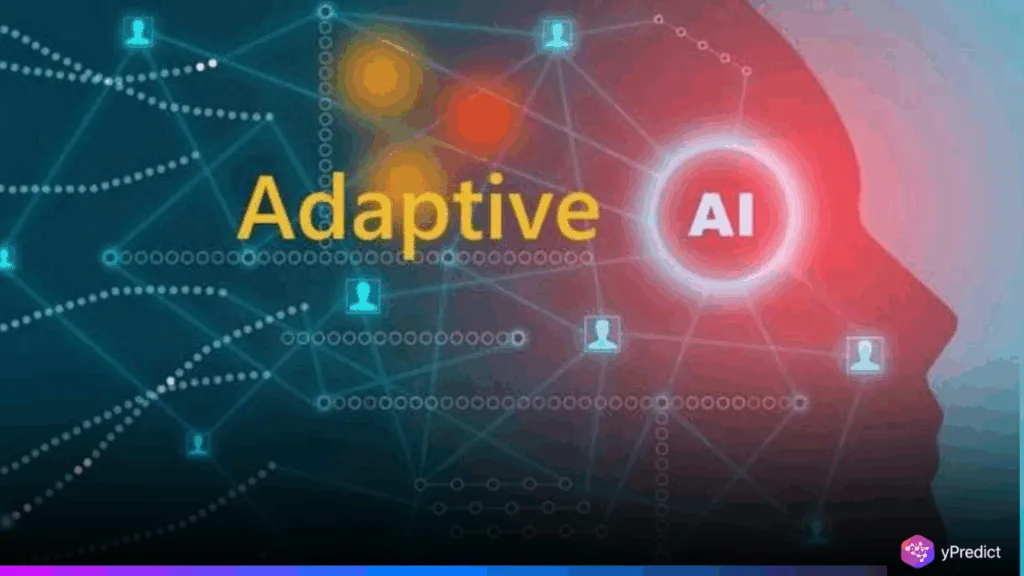
The potential future of AI lies in the emerging method of Continual Reinforcement Learning (CRL). Where the key shortcoming of traditional methods, catastrophic forgetting, is addressed. Many popular RL systems lose older tasks when learning new ones. But CRL enables agents to change between several tasks without forgetting the previous ones. Research indicates that it has the potential to eliminate up to 40 percent of forgetting and thus is crucial in applications such as robotics and autonomous vehicles. Its approaches, such as experience replay and dynamic modeling, are based on how human beings develop from their experiences acquired. The incomplete picture of creating the real-world, flexible, and lifelong AI systems might be CRL.
Continual Reinforcement Learning Helps AI Learn Without Forgetting
CRL enables AI agents to learn sequential tasks while retaining previous knowledge, unlike traditional RL, which often forgets old tasks when learning new ones. This problem, known as catastrophic forgetting, limits RL’s use in dynamic, real-world environments. CRL addresses it by combining reinforcement learning with continual learning principles, allowing systems to evolve like humans do. Methods used in CRL include replay buffers (which store past experiences), policy adaptation strategies (which reuse earlier decision-making models), and meta-learning tools that help agents adjust quickly to new conditions.
These allow for both plasticity (the ability to learn new things) and stability (retaining what’s been learned before). A 2025 study by Pan et al. formalizes CRL into four method categories: policy-focused, experience-focused, dynamic-focused, and reward-focused, each tackling forgetting in different ways. Popular methods like EWC, CLEAR, RL², and PG-ELLA exemplify these approaches. The upshot: CRL creates more resilient agents that can adapt across tasks and environments without starting over every time.
CRL Applications Span Robotics, Driving, and Dynamic Environments
Real-world AI applications, from robotics to self-driving cars, need systems that can learn without wiping out past skills. Robots in unpredictable environments can’t afford to forget how to walk when learning how to pick objects. Autonomous cars must retain safe-driving behaviors while adapting to changing traffic or weather. CRL lets them do both. Benchmarks used to test CRL include MuJoCo control tasks, Atari arcades, Meta-World, and kitchen robotics, where models tackle up to 20 tasks in sequence.
Evaluation focuses on return scores, forgetting rates, and knowledge transfer (forward and backward). Scenarios vary from task-agnostic learning (with no clear boundaries between tasks) to non-stationary setups (where rules or rewards change over time). These simulate real-world complexity. CRL also lowers costs. Traditional RLHF retraining can exceed $1 million per model per update, as AWS data suggests. CRL enables modular updates, making AI more efficient, cost-effective, and scalable for long-term use.
CRL Is a Crucial Step Toward Lifelong, Human-Like AI
Continual Reinforcement Learning. The field is not only a niche research area, but it could also be used as a component of more general, adaptive AI. CRL has all the practical advantages of lessening the destructive act of forgetting and allowing the agents to adapt to new states in a robot or autonomous vehicle, as well as a personalized AI system. Early in its development, a solid roadmap and invaluable guide have been created by foundation work, such as the Pan et al. 2025 survey. Combined with predicted breakthroughs in sample efficiency and task generalization, CRL can also be used to derive the keys to unlock AI systems that learn faster, more efficiently, and in more ways to behave like humans: flexible, efficient, and without forgetting everything recently learned every time a new task needs to be addressed.






